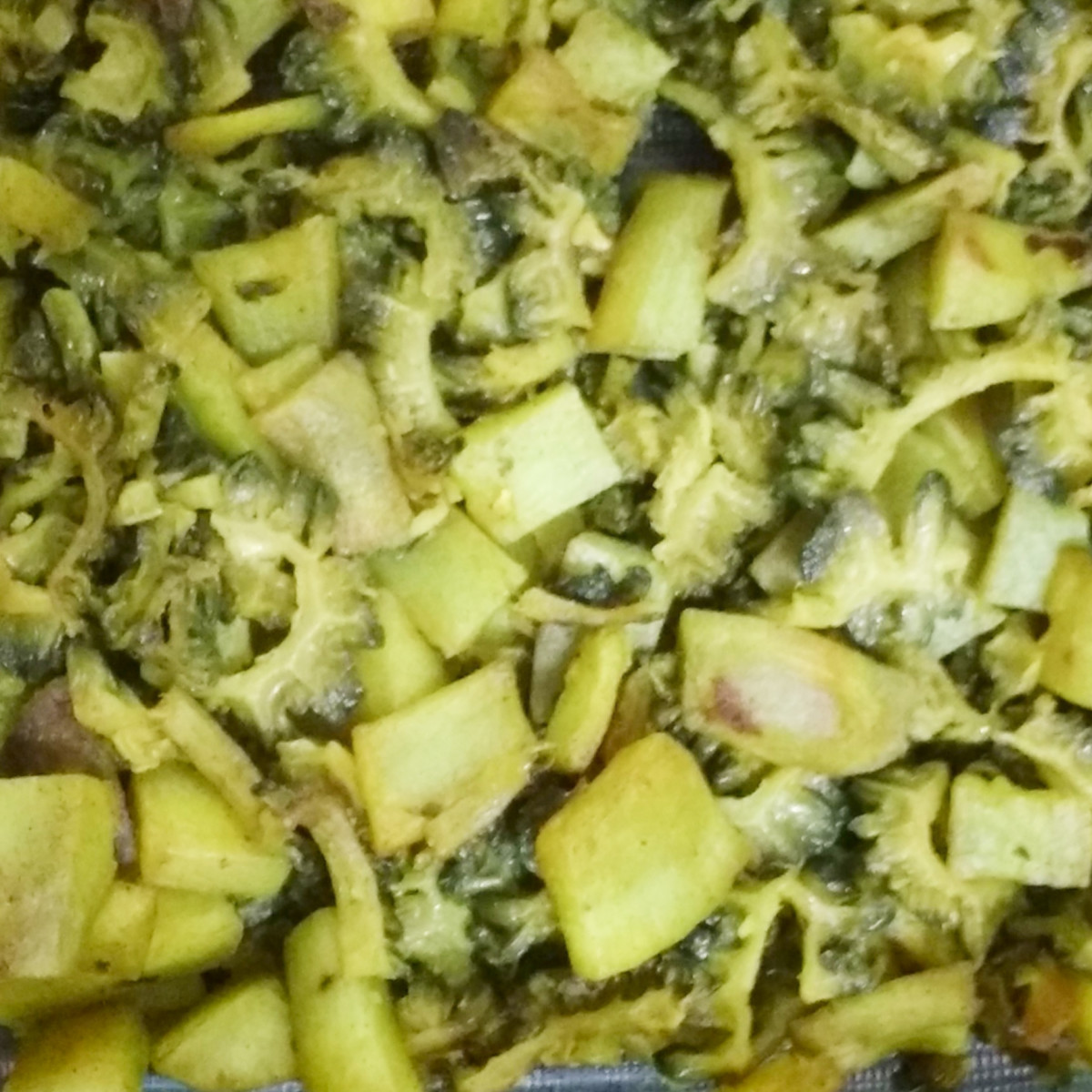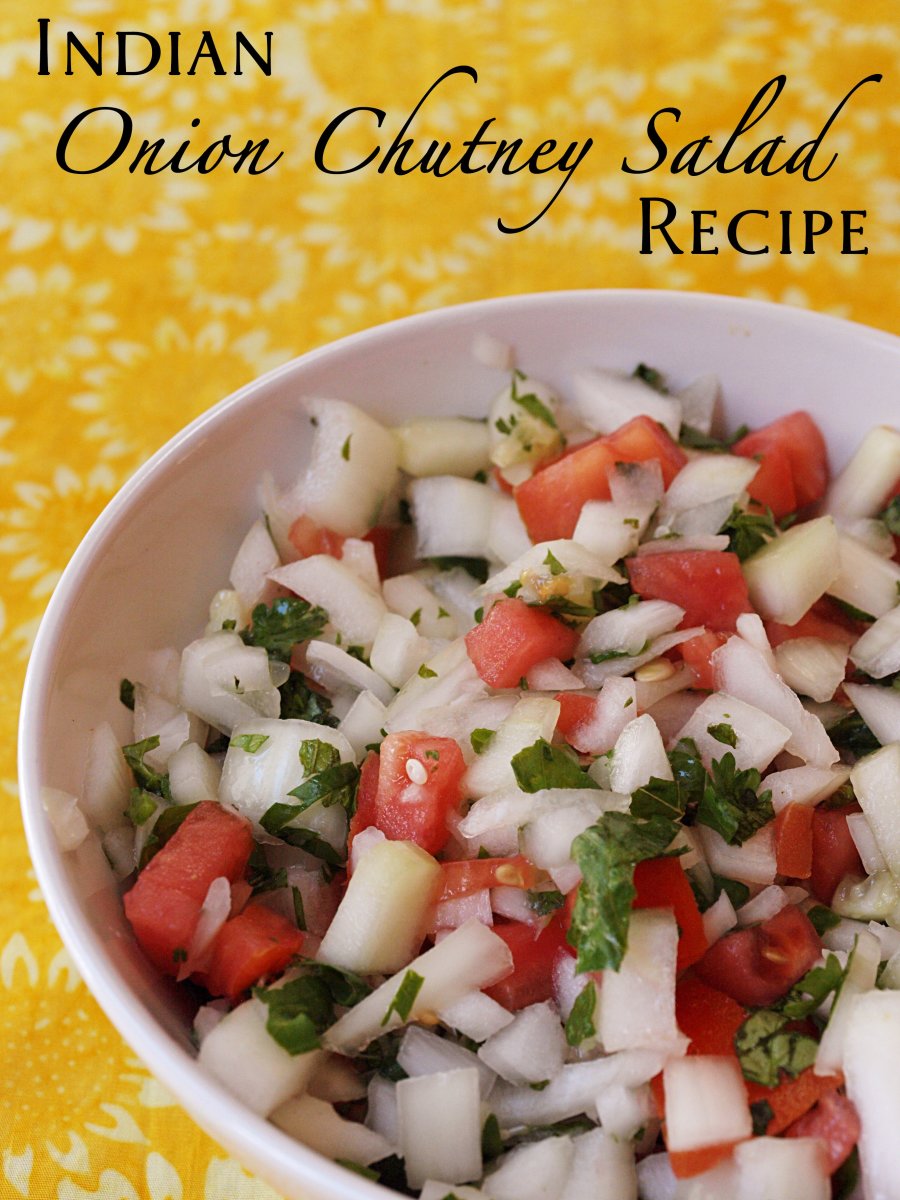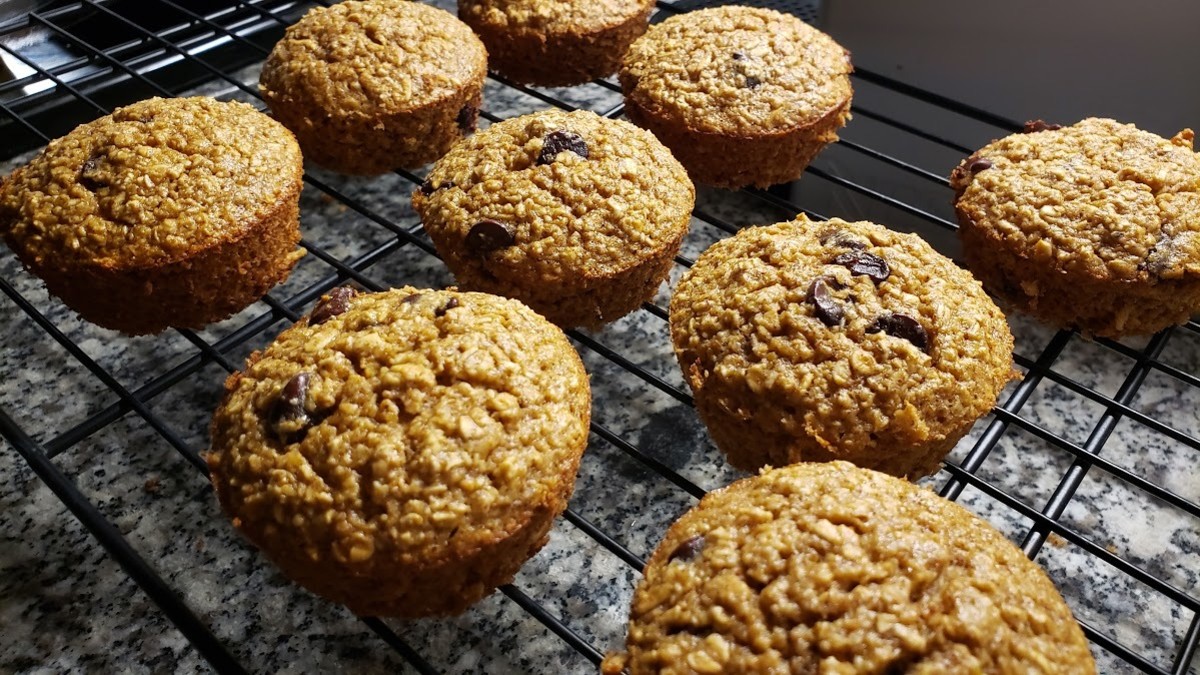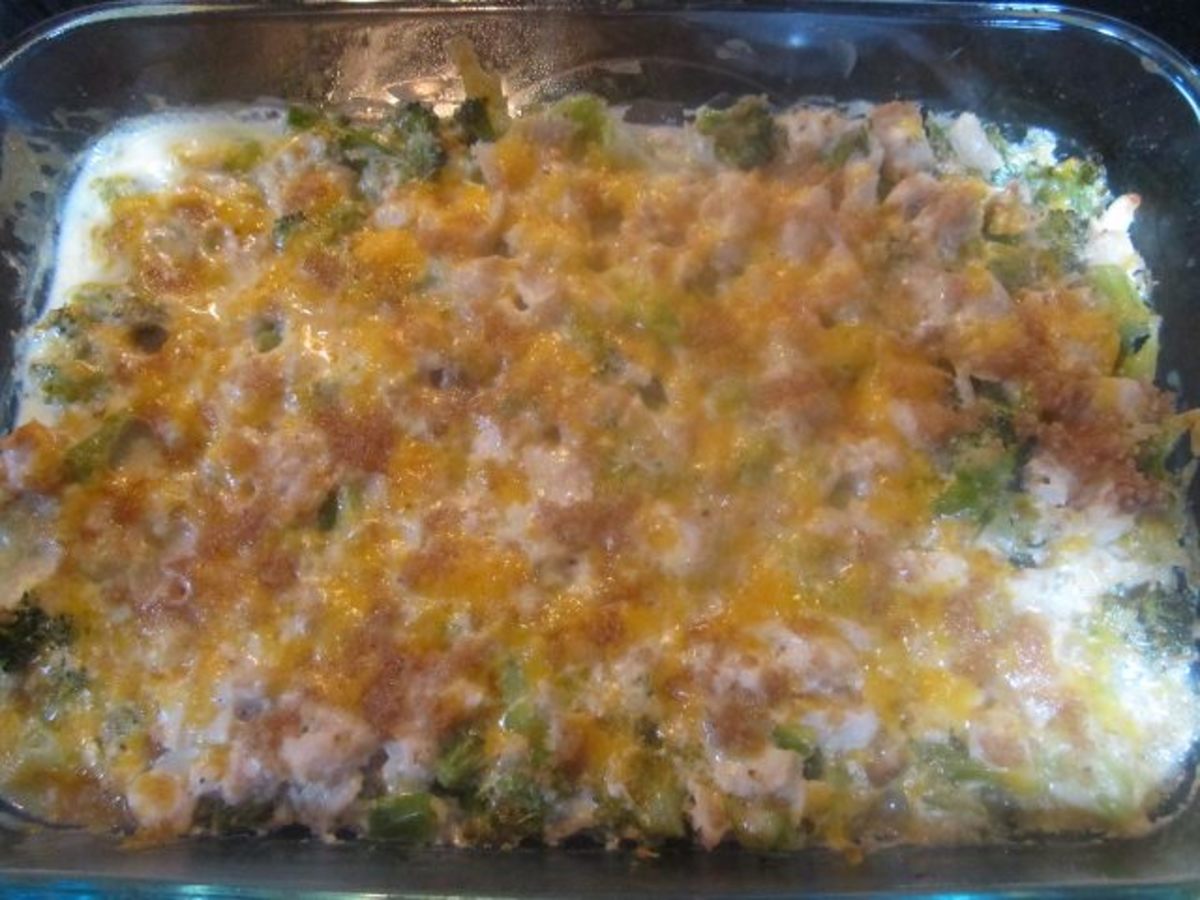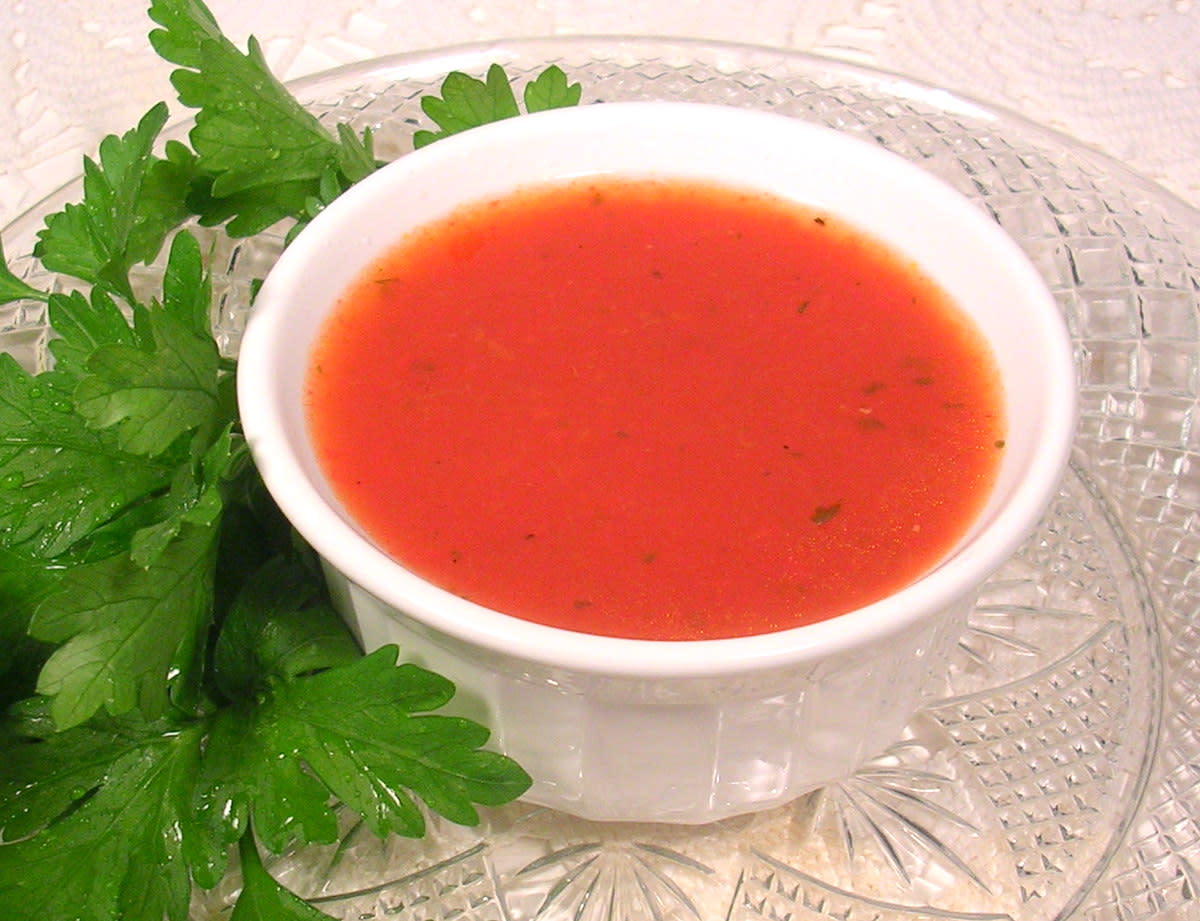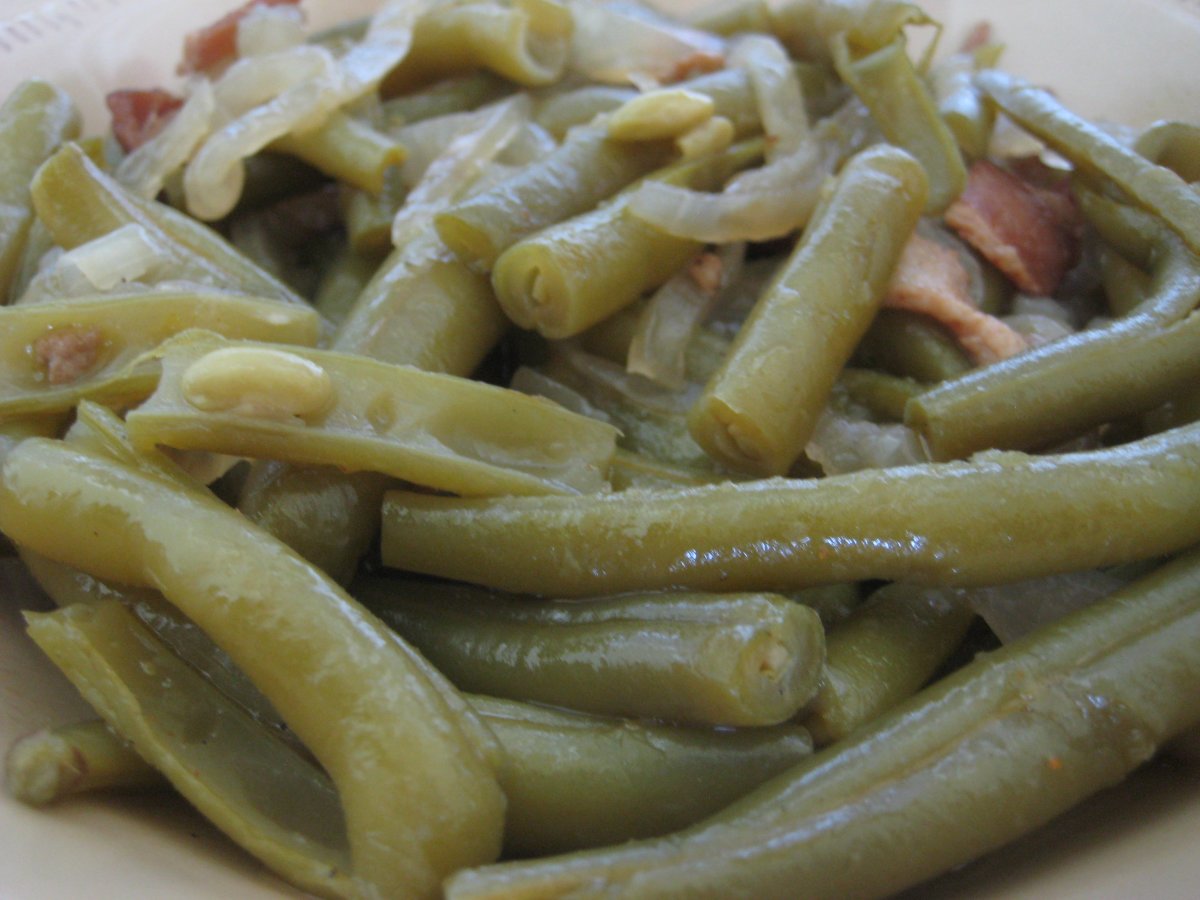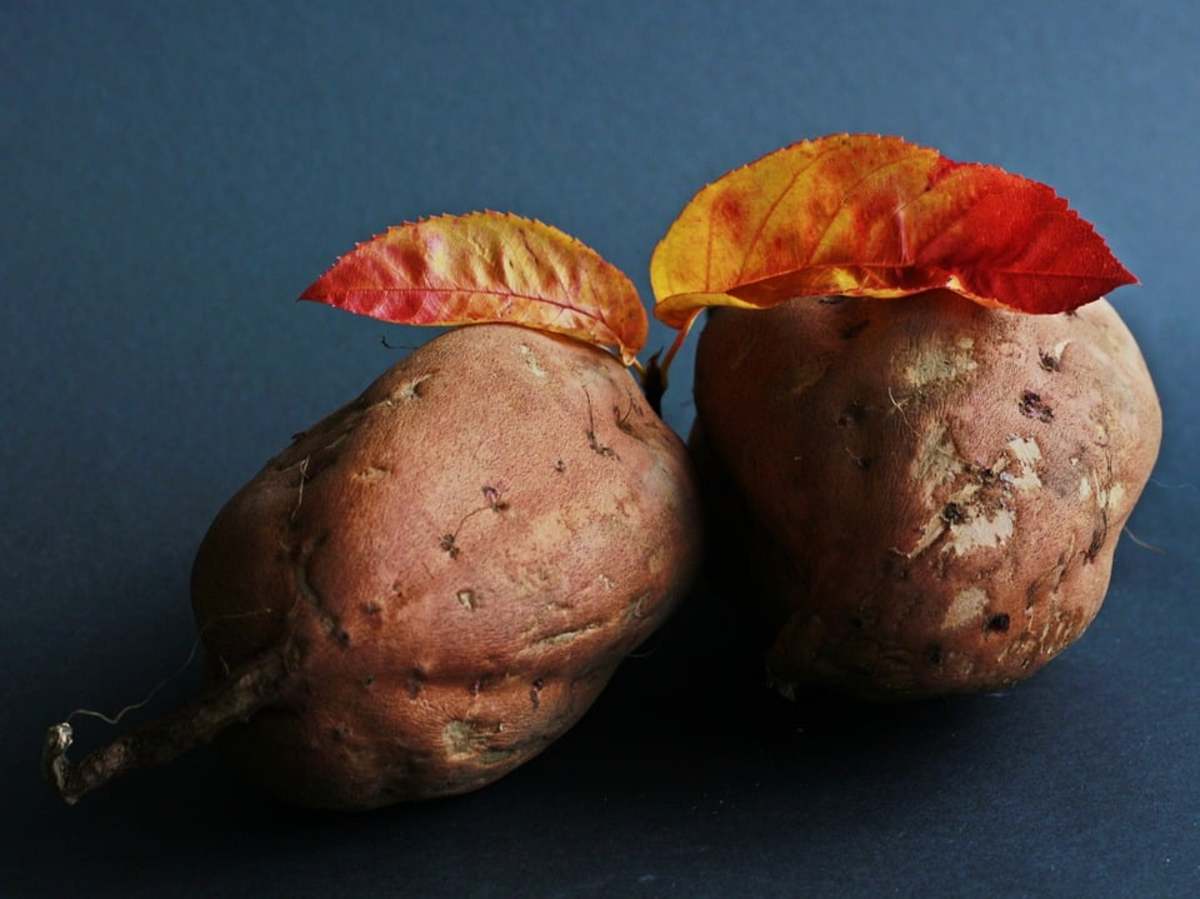The Indian Autoimmune Paleo Kitchen: Part 2 – Recipe: Onion Broccoli
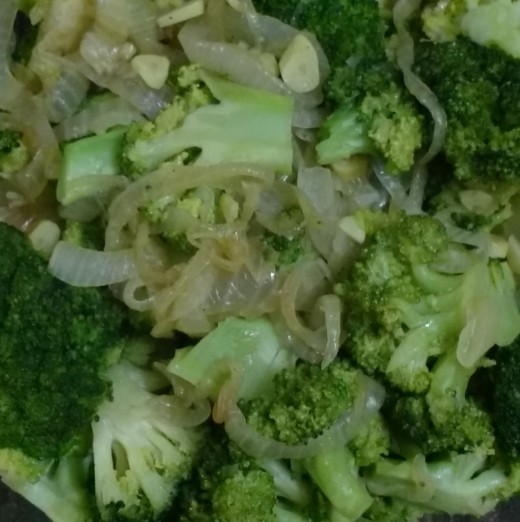
Background
As promised in part 1 of this series, I am here to share the very first recipe with ingredients specific to the autoimmune paleo (AIP) diet suitable to the Indian palate. This recipe is not strictly Indian, per se, as broccoli was never a staple in any of the regions of this country until about twenty years ago. Awareness around this nutritious vegetable began to spread around that time, with cultivation of this dull-green boon of nature rapidly brightening up our fields. As you walk into your kitchen tonight to try out this minimalist recipe, be prepared to relish a finished fusion product on your plate. Let’s begin.
Cook Time
What Do You Need?
Here are the ingredients you need to prepare this item. If you have followed my guide on stocking up your pantry for conforming to the AIP diet mentioned in part 1, you would not need to rush to the store to get any of these, except, of course, fresh broccoli.
- 2 medium-sized broccoli, chopped into florets of roughly 2 inches in diameter
- 1 large onion, diced as thin rings
- 10-12 cloves garlic, chopped into tiny, round pieces
- 5 tsp olive oil, preferably cold-pressed and extra-virgin
- A pinch of turmeric powder
- ½ tsp black pepper powder
- About 1 tsp Himalayan Rock Salt
- A pinch of table salt
Notes On the Ingredients
For all the ingredients, try to use organic whenever possible. If using non-organic broccoli, ensure you soak the chopped florets in a solution of ½ tsp baking soda and water for 10-15 minutes to remove as much pesticide as possible.
If you do not have a large onion, you could substitute with 2 small onions. The idea is to make this dish teeming with the flavor of onion.
You could replace olive oil with coconut oil, but the cooking process is slightly different. More on that later.
Black pepper is listed under the ‘Maybe’ column in Dr. Sarah Ballantyne’s AIP Yes-No-Maybe list, which means you should be your judge. Most people on AIP do fine with black pepper, but if it does not suit you, omit it. To enhance the taste of the dish without black pepper, you could use any herb-based spice, such as bay leaves, coriander leaves, curry leaves, basil, fenugreek leaves or mint leaves. If you do try this dish with any of these herbs, please leave me a note in the comments section, and I will include it in the recipe.
How Should You Make It?
Once you have all the ingredients mentioned above or their replacements handy, get started with the simple process of cooking, whose steps are as below.
- Soak, wash, and drain the broccoli florets.
- Heat a pan on high flame. Ensure it is hot enough for you to want to immediately withdraw your hand from anywhere near its top.
- Add a pinch of salt and spread it all over the heated pan on high flame until the salt starts to look brownish. This usually takes less than a minute.
- Throw the salt away. Note that this salt is added to ensure the ingredients you add to the pan beyond this point do not stick to it. If using a non-stick pan, skip steps 3 and 4. Also, regular table salt might be used instead of Himalayan salt in step 3 as ultimately the salt will be thrown away.
- Lower the flame and remove the pan from the stove.
- Add the onion, immediately followed by the oil.
- Return the pan to the flame and turn the heat up to medium. If you plan to use coconut oil instead of olive oil, you could add the oil before the onion while the pan is still on the stove. The difference in the cooking process arises from the fact that there are controversies (although research is still on) about smoking olive oil being harmful. If you add some ingredients before the oil, the oil does not get a chance to smoke, thus reducing any potential risks.
- Saute the onion until semi-translucent (about a couple of minutes) before adding the garlic.
- Continue to stir for another 3-4 minutes. The onion and the garlic do not have to turn brown. They just have to become lighter in color and the raw smell should disappear.
- Lower the flame and add the turmeric powder, the black pepper powder, and the Himalayan salt.
- Turn up the flame slightly and mix all the spices by stirring for about a minute.
- Lower the flame and add the broccoli florets.
- Stir well on a medium flame for 3-4 minutes ensuring the broccoli is well-coated with the onion rings.
- Lower the flame and cover the pan.
- In about 10-12 minutes the broccoli should be done. Ensure that it is cooked just right by checking the stems with a ladle. If they are fairly easy to break but not mash-able, your broccoli is ready. If they mash at the slightest touch, you have gone too far.
- If there is excess water in the pan, increase the flame and let the water evaporate. This is a dry item.
- Remove from the pan and serve hot.
Enjoy With Any Meal
If you are presently following strict AIP, you know that vegetables take up the majority of the portion of your plate as rice and chapatis become things of the past. The efficiency of this dish lies in the fact that it can be consumed without anything else on the side, while also being suitable for your entire family to consume with daal (lentils) and rice if they are not on AIP. Being dry, it can be easily carried in boxes if you are out for long hours and need to grab a bite in between.
This content is accurate and true to the best of the author’s knowledge and does not substitute for diagnosis, prognosis, treatment, prescription, and/or dietary advice from a licensed health professional. Drugs, supplements, and natural remedies may have dangerous side effects. If pregnant or nursing, consult with a qualified provider on an individual basis. Seek immediate help if you are experiencing a medical emergency.
© 2019 Rinita Sen

